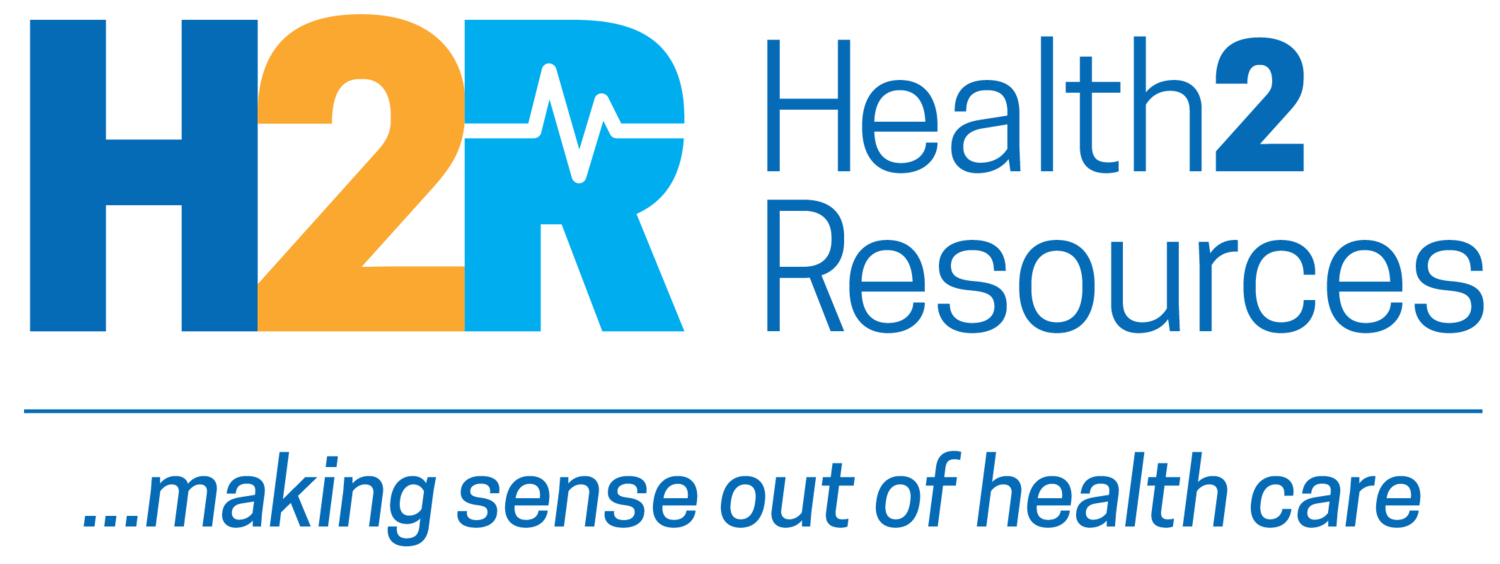April 4, 2019 | GAO finds $23B in improper Medicare payments
Industry News
GAO finds $23B in improper Medicare payments
Medicare made more than $23 billion in improper payments in fiscal 2017, largely due to a lack of adequate (or any) documentation, according to a new Government Accountability Office report. Investigators also found about $4.3 billion in improper Medicaid fee-for-service payments; that figure has remained relatively steady since 2011, but improper Medicare payments have spiked since 2009. The top recommendation is the title of the report: CMS should assess documentation necessary to identify improper payments.Congressional Republicans have recently focused on waste and fraud in Medicaid, but neither party is talking about Medicare, Modern Healthcare observes. (Modern Healthcare; GAO report)
Employers: Cover for pre-existing conditions
Fully 95 percent of U.S. employers surveyed said Congress should preserve coverage for pre-existing conditions, according to Mercer analysis. Other aspects of the Affordable Care Act didn’t garner that much support: Only 45 percent indicated it’s important to expand subsidies for individual exchange policies, and only 33 percent said it’s important to halt regulations that expand short-term, limited-duration insurance policies that don’t comply with the ACA. The survey was conducted late February through early March. (Mercer)
Innovation & Transformation
Horticultural therapy uses nature and gardening-like activities to help patients feel better. Facilitated by a trained therapist, it’s used in various venues, including hospitals, addiction rehab, and even prison. At NYU Langone, horticultural therapy can involve propagating plants, arranging bamboo and various related activities. There’s no large body of evidence, but gardening is known to reduce stress and improve moods. Two untrained therapists, Clovis and Lily, are available to visit with patients; as rabbits, they don’t say much. (The New York Times)
Get a joint replaced, then go home
The evidence continues to suggest that home is the best place to recover after a hip or knee replacement—provided the patient has help available. Kaiser Permanente is sending “a substantial number” of patients home the same day. A recent study in JAMA Internal Medicine found patients discharged with home health care services had the same level of functional improvement as those who went to a skilled nursing facility, were no more likely to die 30 days after surgery and had significantly lower costs. They did, however, have a slightly higher rate of readmission. (Kaiser Health News; JAMA Internal Medicine)
Consumers & Providers
A caregiver-shaped hole in the health system
Physician and pediatrics professor Aaron E. Carroll, MD, learned something as his good friend underwent cancer treatment: that the efforts of caregivers are probably just as important to health as the drugs and procedures the medical system provides. Caregivers, he says, are not supported. And what’s important to recognize, he adds, is that his friend is a patient who had access to the best care possible. He also had insurance. “This is the United States health care system at its peak performance. But I was utterly floored by how hard it all was.” (The New York Times)
Study: Hospital pharmacists face rationing
More than two-thirds of pharmacists in U.S. hospitals deal with at least 50 drug shortages a year, according to research published in JAMA Internal Medicine. Most of the rest of the rationing decisions were made by committees; only 5 percent of committees included medical ethicists. Rationing was more common at academic hospitals and their affiliates than at community hospitals. (JAMA Internal Medicine; Reuters)
Health apps that allow patients to chat with doctors, health coaches or even bots are now functioning as suicide hotlines, STAT reports. So how are they to respond? Even suicide prevention experts aren’t sure. “[T]here’s just no science on this,” says Harvard psychologist Matthew Nock. “People are largely winging it and using their clinical wisdom to try and figure out when and how to intervene.” (STAT News)
New & Noted
M&A news: Centene announced plans to purchase its competitor WellCare in a cash and stock deal valued at $17.3 billion. The move will more than double Centene’s Medicare membership. The deal must go through antitrust review. (Healthcare Dive)
More than a lift from the pub: Lyft’s IPO last week may have implications for health care. In public SEC filings, Lyft has detailed plans to further its health care business. For example, according to the filings, Lyft has more than 60 health care transportation brokers and plans to expand. (HealthLeaders Media)
Two rulings, two losses: Last week, a federal judge struck down the Trump administration’s attempt to expand association health plans. Another struck down Medicaid work requirements in Arkansas and Kentucky. However, just two days after the Medicaid ruling, the administration approved work requirements in Utah. (Kaiser Health News roundup; The New York Times)
Multi-media
Time on social media linked to depression, suicide?
The percentage of U.S. teens and young adults reporting mental distress, depression and suicidal thoughts and actions has risen significantly over the past decade—much faster than among those adults 26 and older for whom the increase was not nearly as large, according to research published in the Journal of Abnormal Psychology. Lead author psychologist Jean Twenge, PhD, says the amount of time teens and young adults spend on social media may be a factor. (NPR; Journal of Abnormal Psychology)
MarketVoices...quotes worth reading
“What seems more important is recognizing that the efforts of caregivers are probably just as important to health as the drugs and procedures the medical system provides. Rides to the hospital are care. The time spent at home with those recuperating after procedures is care. Watching and monitoring and caring for the ill in their home is just as much care as doing the same in a hospital. We are willing to pay a fortune for the former, and almost nothing for the latter.”—Physician and pediatrics professor Aaron E. Carroll, MD, in the The New York Times
